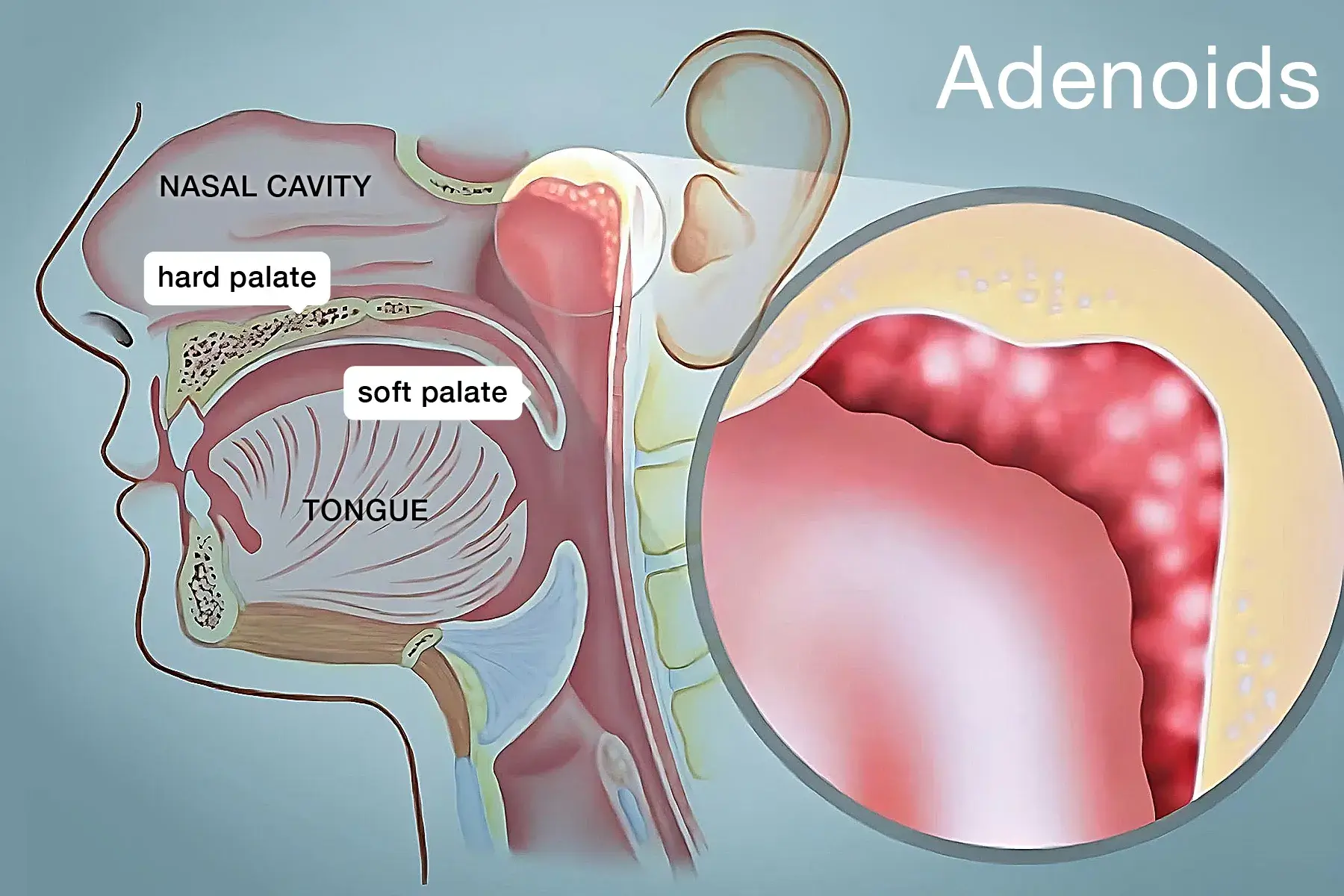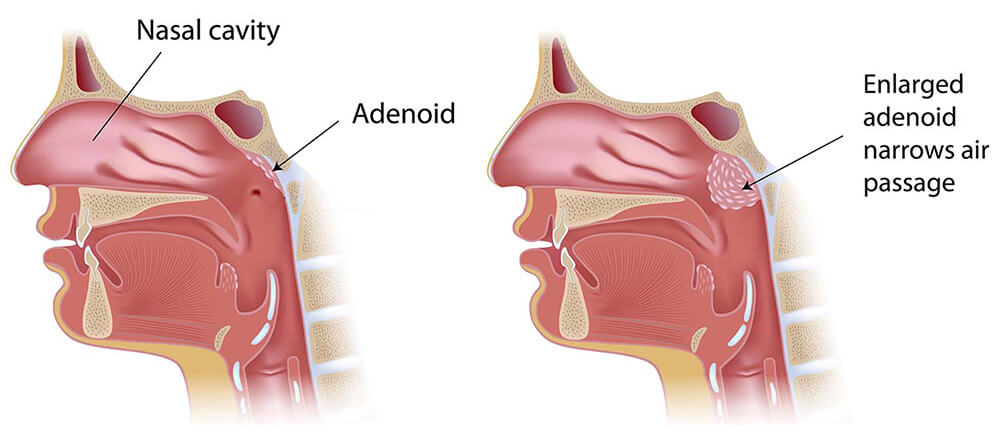Benign Paroxysmal Positional Vertigo (BPPV) Causes-various aspects-
Benign paroxysmal positional vertigo (BPPV) is usually due to the movement of calcium carbonate crystals, known as otoconia, from their usual position in the utricle of the inner ear into one of the semicircular canals. These moved otoconia subsequently activate the balance sensors in the affected canal, resulting in vertigo and other symptoms when there is a change in head position.


More specifically, BPPV is frequently initiated by
Dislodged otoconia:
These small calcium crystals can become detached and migrate into the semicircular canals, which are tasked with sensing head movements.
Head trauma:
An impact to the head can lead to the otoconia becoming dislodged and entering the semicircular canals, according to the National Institutes of Health (NIH).
Age and degeneration:
As individuals age, the structures of the inner ear may become more vulnerable to the movement of otoconia, states the National Institutes of Health (NIH).
Viral infections:
Infections such as labyrinthitis can also provoke BPPV, reports the National Institutes of Health (NIH).
Other inner ear disorders:
Conditions such as Meniere’s disease or vestibular neuronitis can heighten the chances of developing BPPV, indicates the National Institutes of Health (NIH).
Besides these main triggers, BPPV can also be instigated by extended bed rest, specific medications, or even head movements like turning over in bed.
If Any Patient of ENT Requires Any Surgery, Opd Consultation Or Online Consultation In Clinic of ENT Specialist Doctor Dr. Sagar Rajkuwar ,He May Contact Him At The Following Address-
Prabha ENT Clinic, Plot no 345,Saigram Colony, Opposite Indoline Furniture Ambad Link Road ,Ambad ,1 km From Pathardi Phata Nashik ,422010 ,Maharashtra, India-Dr. Sagar Rajkuwar (MS-ENT), Cell No- 7387590194, 9892596635
Causes
Often, there is no discernible cause for BPPV. This is known as idiopathic BPPV.
When a cause can be identified, BPPV is usually associated with a minor to severe trauma to your head. Less common causes of BPPV include conditions that affect your inner ear or, infrequently, damage that occurs during ear surgery or prolonged time spent lying on your back, such as in a dentist’s chair. BPPV has also been associated with migraines.


The function of the ear
Inside your ear is a small organ called the vestibular labyrinth. It consists of three loop-shaped structures (semicircular canals) that contain fluid and fine, hair-like sensors that monitor the rotation of your head.
Additional structures (otolith organs) in your ear detect your head’s movements — up and down, right and left, back and forth — as well as your head’s orientation in relation to gravity. These otolith organs contain crystals that enhance your sensitivity to gravity.
There are several reasons these crystals might become dislodged. When they do become dislodged, they may migrate into one of the semicircular canals — especially when you are lying down. This causes the semicircular canal to become sensitive to changes in head position it normally would not respond to, resulting in the feeling of dizziness.
Risk factors
Benign paroxysmal positional vertigo is most frequently observed in people aged 50 and older, though it can occur at any age. BPPV is also more common in women than in men. A head injury or a different disorder affecting your ear’s balance organs may heighten your risk for BPPV.
Complications
While BPPV is uncomfortable, it rarely leads to complications. The dizziness associated with BPPV can make you feel unstable, potentially raising your risk of falling.
For Update On Further Important Health Related Topics And Frequently Asked Questions On Health Topics By General Population Please Click On The Link Given Below To Join Our WhatsApp Group –
https://chat.whatsapp.com/Lv3NbcguOBS5ow6X9DpMMA
How do I know if my vertigo is BPPV?
To determine if your vertigo is probably a result of Benign Paroxysmal Positional Vertigo (BPPV), look for symptoms that are activated by head motions, such as rolling over in bed or tilting your head. BPPV often causes a swift onset of dizziness, a sensation of spinning or movement (vertigo), and could also be linked with nausea and vomiting. The dizziness usually lasts from several seconds to minutes and reduces with movements of the head. BPPV is the most common cause of vertigo and typically does not involve hearing loss or tinnitus.
Key characteristics of BPPV:
- Vertigo caused by particular head movements: Turning in bed, lowering your head, or standing up quickly can trigger the dizziness.
- Abrupt onset and brief duration: The dizziness occurs abruptly and typically lasts just a few seconds to minutes.
- Absence of hearing loss or tinnitus: BPPV generally does not cause any hearing-related problems.
- Nausea or vomiting: These can happen alongside the vertigo.
- Nystagmus: A doctor may observe uncontrollable, rapid eye movements during the assessment.
Important: This information is meant for general guidance only and should not be seen as a substitute for professional medical advice. If you are facing vertigo, it is crucial to seek a medical evaluation to determine the underlying cause. A doctor may perform the Dix-Hallpike test or other methods to confirm the diagnosis of BPPV.
Is BPPV caused by stress?
While the precise reason for BPPV (Benign Paroxysmal Positional Vertigo) is frequently unclear, research indicates that stress and anxiety may act as triggers or even heighten the chances of developing BPPV. Long-lasting stress can interfere with the body’s normal operations, potentially affecting the vestibular system and aiding in the onset of BPPV.
DISCLAIMER-Some patients go to net and directly take treatment from there which can lead to catastrophic consequences-Then- Many people ask then why to read all this text -the reason is that it helps you to understand the pathology better ,you can cooperate with treatment better ,your treating physician is already busy with his patients and he does not have sufficient time to explain you all the things right from ABCD ,so it is always better to have some knowledge of the disease /disorder you are suffering from.
Elaboration:
Stress and the Vestibular System:
During times of stress, the body produces hormones such as cortisol and adrenaline, which can influence the inner ear and may trigger vertigo.
Anxiety Disorders and BPPV:
Research has shown an increased risk of BPPV in people with anxiety disorders, implying a possible connection between mental health and vertigo.
Oxidative Stress:
Some studies suggest that oxidative stress, which results from extended periods of stress, can harm the inner ear and contribute to BPPV.
Vicious Cycle:
Vertigo itself can lead to anxiety, and that anxiety can in turn exacerbate vertigo symptoms, resulting in a cycle.
Other Triggers:
It is essential to recognize that although stress can be a trigger, BPPV is also frequently caused by inner ear problems such as otoconia detachment.
Can I treat BPPV myself?
The home Epley maneuver is cost-effective and safe. It often demonstrates success in reducing the symptoms of BPPV. Your healthcare provider may suggest the home Epley maneuver if your medical history and physical assessment suggest that you suffer from BPPV.
FOR INFORMATION IN GREAT DETAIL ON Benign Paroxysmal Positional Vertigo (BPPV) Treatment PL CLICK ON THE LINK GIVEN BELOW-It Is Always Better To View Links From Laptop/Desktop Rather Than Mobile Phone As They May Not Be Seen From Mobile Phone. ,In Case Of Technical Difficulties You Need To Copy Paste This Link In Google Search. In Case If You Are Viewing This Blog From Mobile Phone You Need To Click On The Three Dots On The Right Upper Corner Of Your Mobile Screen And ENABLE DESKTOP VERSION.
FOR INFORMATION IN GREAT DETAIL ON Benign Paroxysmal Positional Vertigo (BPPV) Symptoms PL CLICK ON THE LINK GIVEN BELOW-It Is Always Better To View Links From Laptop/Desktop Rather Than Mobile Phone As They May Not Be Seen From Mobile Phone. ,In Case Of Technical Difficulties You Need To Copy Paste This Link In Google Search. In Case If You Are Viewing This Blog From Mobile Phone You Need To Click On The Three Dots On The Right Upper Corner Of Your Mobile Screen And ENABLE DESKTOP VERSION.
FOR INFORMATION IN GREAT DETAIL ON Ayurvedic Treatment For Vertigo PL CLICK ON THE LINK GIVEN BELOW-It Is Always Better To View Links From Laptop/Desktop Rather Than Mobile Phone As They May Not Be Seen From Mobile Phone. ,In Case Of Technical Difficulties You Need To Copy Paste This Link In Google Search. In Case If You Are Viewing This Blog From Mobile Phone You Need To Click On The Three Dots On The Right Upper Corner Of Your Mobile Screen And ENABLE DESKTOP VERSION.
Symptoms of BPPV
Any change in the head’s position might cause vertigo, a feeling of disorientation, in those with BPPV.
The symptoms may be quite upsetting. When someone gets out of bed and attempts to walk, they may lose their balance or fall off the bed. They might even fall and risk harm if they tilt their head back or forward when walking. Nausea and vomiting, which are symptoms of vertigo, can make the sufferer feel very sick.
Although vertigo brought on by changes in head position is the hallmark of BPPV, many sufferers also experience a moderate amount of imbalance between their recurring bouts of positional vertigo.
The beginning of BPPV can be sudden and scary. People may experience extreme symptoms of sickness, such as the worry that they are having a stroke. It can be comforting to receive a doctor’s diagnosis of BPPV, especially if you know that there is treatment available to alleviate your symptoms.
The typical progression of the disease without treatment is symptom relief over days to weeks, and occasionally the condition resolves on its own. In some cases, the symptoms might persist for several years.
What Brings on BPPV?
Although there is no single cause for BPPV in many people, particularly older adults, several circumstances might trigger an attack:
- Trauma ranging from moderate to severe to the head
- Maintaining the same posture for an extended period of time, such as in the dentist’s chair, at the beauty parlor, or while on rigorous bed rest
- Riding a bike on tough paths
- High-intensity aerobic exercises
- Additional disorders of the inner ear (ischemic, inflammatory, infectious)
Diagnosis of BPPV
A thorough health history is necessary in order to identify BPPV. The doctor verifies the diagnosis by looking for nystagmus, which is the jerking of the eyes brought on by the vertigo that results from changing head position. The Dix-Hallpike maneuver is a diagnostic procedure used to achieve this.
The individual’s head is initially turned roughly 45 degrees to one side when they are sitting up. The patient is then laid down quickly with his head barely over the edge of the treatment table. The vertigo can frequently be brought on by this movement, and the physician can watch to see whether the patient’s eyes exhibit the jerking motion of nystagmus. The diagnosis of BPPV is supported by a favorable response. In most cases, a CT scan or MRI of the brain is not necessary.
Knowing that there is support available to alleviate the symptoms can make a doctor’s diagnosis of BPPV reassuring. The normal course of the illness, even in the absence of therapy, is a reduction in symptoms that lasts days or weeks, and in certain cases, the problem resolves on its own.
Treatment for BPPV
The Epley Technique for BPPV
The Epley maneuver can effectively treat the most prevalent form of BPPV (crystals in the posterior SCC) without the need for special equipment, surgery, medication, or testing.
This straightforward and efficient method of treating BPPV includes progressively rotating the head in a way that aids in the expulsion of the crystals and facilitates their movement out of the semicircular canal. It can be necessary to do a number of repositioning actions throughout the same appointment.
By repositioning the crystals from the semicircular canals, the Epley maneuver, as well as additional bedside physical therapy techniques and workout regimens, might be helpful. It’s possible for recurrences to happen, and repeated repositioning treatments are frequently required.
The patient can start walking carefully after receiving Epley maneuver therapy. For the remainder of the day, he or she should refrain from bending too far forward or tilting the head back (such as to tie shoes). For a few days, you should not sleep on the side of the affected ear.
Slightly different maneuvers may be used if the crystals are not in the posterior semicircular canal, but they are still based on the same idea of removing the stones out of the problematic semicircular canal. Since debris in the anterior canal (situated at the top of the inner ear) falls out on its own, BPPV of this canal is extremely uncommon.
Further Treatments for BPPV
Unless the patient is experiencing severe nausea or vomiting, BPPV often does not require medication. If there is severe nausea, the doctor can give or prescribe anti-nausea drugs, particularly if the patient would not be able to tolerate repositioning methods otherwise.
This illness rarely requires surgery. The physician could, in exceptional instances, advise surgery to block the posterior semicircular canal in order to prevent stones from entering and moving about inside the canal. Although the surgical plugging treatment addresses the issue, it poses some dangers, such as hearing loss.
About half of those who experience BPPV have it recur over the long run. Home workouts can help people who have recurring symptoms learn to manage their own symptoms.
If Any Patient of ENT Requires Any Surgery, Opd Consultation Or Online Consultation In Clinic of ENT Specialist Doctor Dr. Sagar Rajkuwar ,He May Contact Him At The Following Address-
Prabha ENT Clinic, Plot no 345,Saigram Colony, Opposite Indoline Furniture Ambad Link Road ,Ambad ,1 km From Pathardi Phata Nashik ,422010 ,Maharashtra, India-Dr. Sagar Rajkuwar (MS-ENT), Cell No- 7387590194, 9892596635
Issued In Public Interest By –





